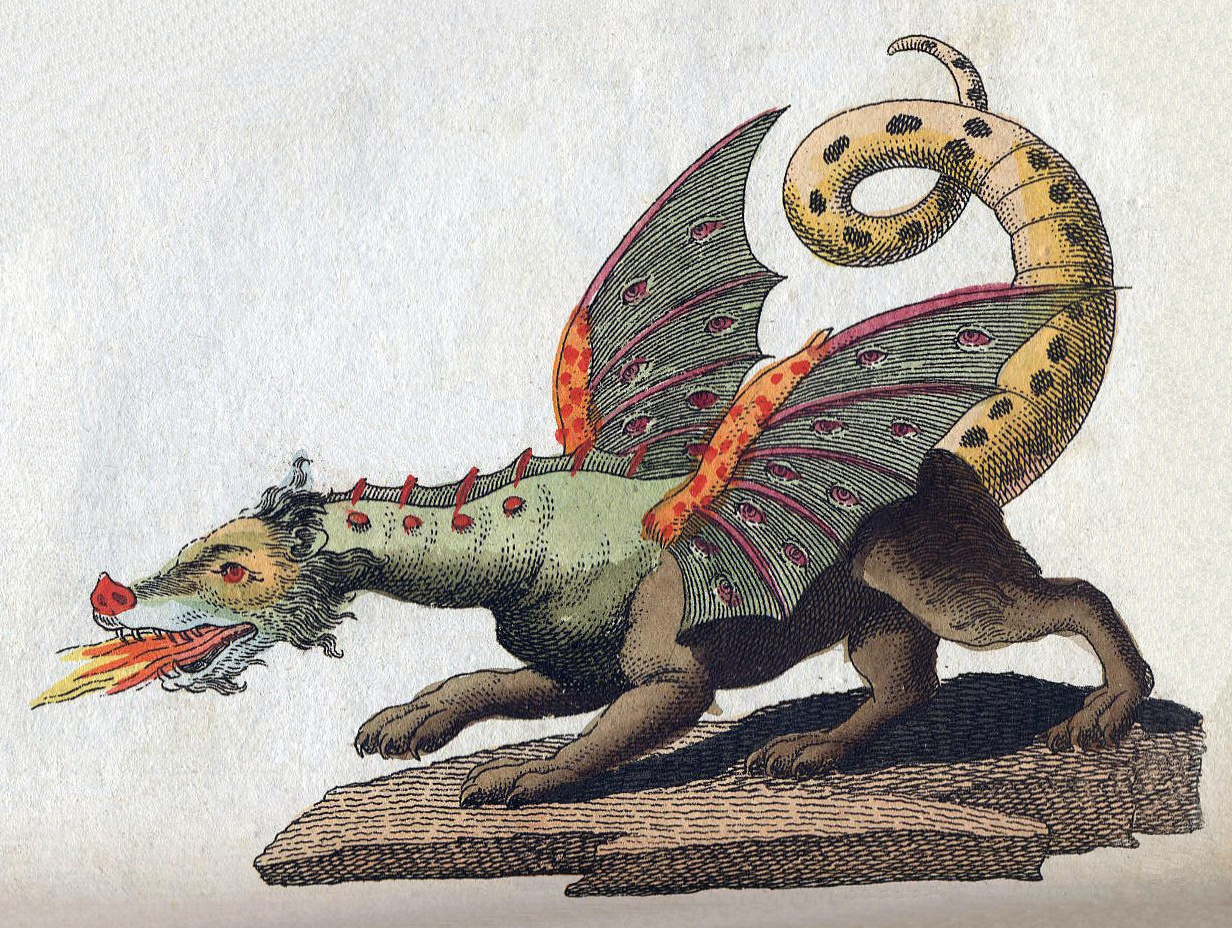|
Dragons
A dragon is a magical legendary creature that appears in the folklore of multiple cultures worldwide. Beliefs about dragons vary considerably through regions, but dragons in Western cultures since the High Middle Ages have often been depicted as winged, horned, and capable of breathing fire. Dragons in eastern cultures are usually depicted as wingless, four-legged, serpentine creatures with above-average intelligence. Commonalities between dragons' traits are often a hybridization of reptilian, mammalian, and avian features. Etymology The word ''dragon'' entered the English language in the early 13th century from Old French , which, in turn, comes from Latin">-4; we might wonder whether there's a point at which it's appropriate to talk of the beginnings of French, that is, when it wa ... , which, in turn, comes from Latin (genitive ), meaning "huge serpent, dragon", from , (genitive , ) "serpent". [...More Info...] [...Related Items...] OR: [Wikipedia] [Google] [Baidu] |
European Dragon
The European dragon is a legendary creature in folklore and mythology among the overlapping culture of Europe, cultures of Europe. The Roman poet Virgil in his poem Appendix Vergiliana#Culex ("The Gnat"), ''Culex'' lines 163–201, describing a shepherd battling a big constriction, constricting snake, calls it "wikt:serpent, serpens" and also "wikt:draco, draco", showing that in his time the two words probably could mean the same thing. In and after the early Middle Ages, the European dragon is typically depicted as a large, fire-breathing, scaly, horned, lizard-like creature; the creature also has leathery, bat-like wings, four legs, and a long, muscular prehensile tail. Some depictions show dragons with one or more of: feathered wings, crests, ear frills, fiery manes, ivory spikes running down its spine, and various exotic decorations. In folktales, dragon's blood often contains unique powers, keeping them alive for longer or giving them poisonous or acidic properties. The ty ... [...More Info...] [...Related Items...] OR: [Wikipedia] [Google] [Baidu] |
Chinese Dragon
The Chinese dragon or loong is a legendary creature in Chinese mythology, Chinese folklore, and Chinese culture generally. Chinese dragons have many animal-like forms, such as Bixi (mythology), turtles and Chiwen, fish, but are most commonly depicted as snake-like with four legs. Academicians have identified four reliable theories on the origin of the Chinese dragon: Snakes in Chinese mythology, snakes, Chinese alligators, thunder worship and nature worship. They traditionally symbolize potent and auspicious powers, particularly control over water and weather. Symbolism Historically, the Chinese dragon was associated with the emperor of China and used as a symbol to represent imperial power. Liu Bang, the founder of the Han dynasty, claimed that he was conceived after his mother dreamt of a dragon. During the Tang dynasty, emperors wore robes with dragon motif as an imperial symbol, and high officials might also be presented with dragon robes. In the Yuan dynasty, the ... [...More Info...] [...Related Items...] OR: [Wikipedia] [Google] [Baidu] |
Legendary Creature
A legendary creature is a type of extraordinary or supernatural being that is described in folklore (including myths and legends), and may be featured in historical accounts before modernity, but has not been scientifically shown to exist. In the classical era, monstrous creatures such as the Cyclops and the Minotaur appear in heroic tales for the protagonist to destroy. Other creatures, such as the unicorn, were claimed in accounts of natural history by various scholars of antiquity. Some legendary creatures are Hybrid beasts in folklore, hybrid beasts. Some legendary creatures originated in traditional mythology and were believed to be real creatures--for example, dragons, griffins and unicorns. Others are based on real encounters or garbled accounts of travellers' tales, such as the Vegetable Lamb of Tartary, a sheeplike animal which supposedly grew tethered to the earth. Creatures A variety of mythical animals appear in the art and stories of the classical era. For exampl ... [...More Info...] [...Related Items...] OR: [Wikipedia] [Google] [Baidu] |
Reptile
Reptiles, as commonly defined, are a group of tetrapods with an ectothermic metabolism and Amniotic egg, amniotic development. Living traditional reptiles comprise four Order (biology), orders: Testudines, Crocodilia, Squamata, and Rhynchocephalia. About 12,000 living species of reptiles are listed in the Reptile Database. The study of the traditional reptile orders, customarily in combination with the study of modern amphibians, is called herpetology. Reptiles have been subject to several conflicting Taxonomy, taxonomic definitions. In Linnaean taxonomy, reptiles are gathered together under the Class (biology), class Reptilia ( ), which corresponds to common usage. Modern Cladistics, cladistic taxonomy regards that group as Paraphyly, paraphyletic, since Genetics, genetic and Paleontology, paleontological evidence has determined that birds (class Aves), as members of Dinosauria, are more closely related to living crocodilians than to other reptiles, and are thus nested among re ... [...More Info...] [...Related Items...] OR: [Wikipedia] [Google] [Baidu] |
Nine-Dragon Wall
A Nine-Dragon Wall or Nine-Dragon Screen () is a type of Spirit screen, screen wall with reliefs of nine different Chinese dragons. Such walls are typically found in imperial Chinese palaces and gardens. Early reference to the tradition of putting a screen wall at the gate is found in the Analects, 3:22: therein, it is mentioned as a trivial ritual norm ("The princes of States have a screen intercepting the view at their gates". 邦君樹塞門, trans. by James Legge). List of Nine-Dragon Walls Nine-Dragon Walls in China: * Beihai Park, Beijing. Built in 1756, it features dragons on both sides. * Forbidden City, Beijing. Built in 1771, it is located in front of the Palace of Tranquil Longevity. * Datong, opposite the Datong Prince's Palace * Pingyao * Hong Kong **Public Square Street Rest Garden, Yau Ma Tei. Located at the back of the Tin Hau temples in Hong Kong, Tin Hau Temple. **Wong Tai Sin Temple (Hong Kong), Wong Tai Sin Temple **China Resources Building, Wan Chai District ... [...More Info...] [...Related Items...] OR: [Wikipedia] [Google] [Baidu] |



